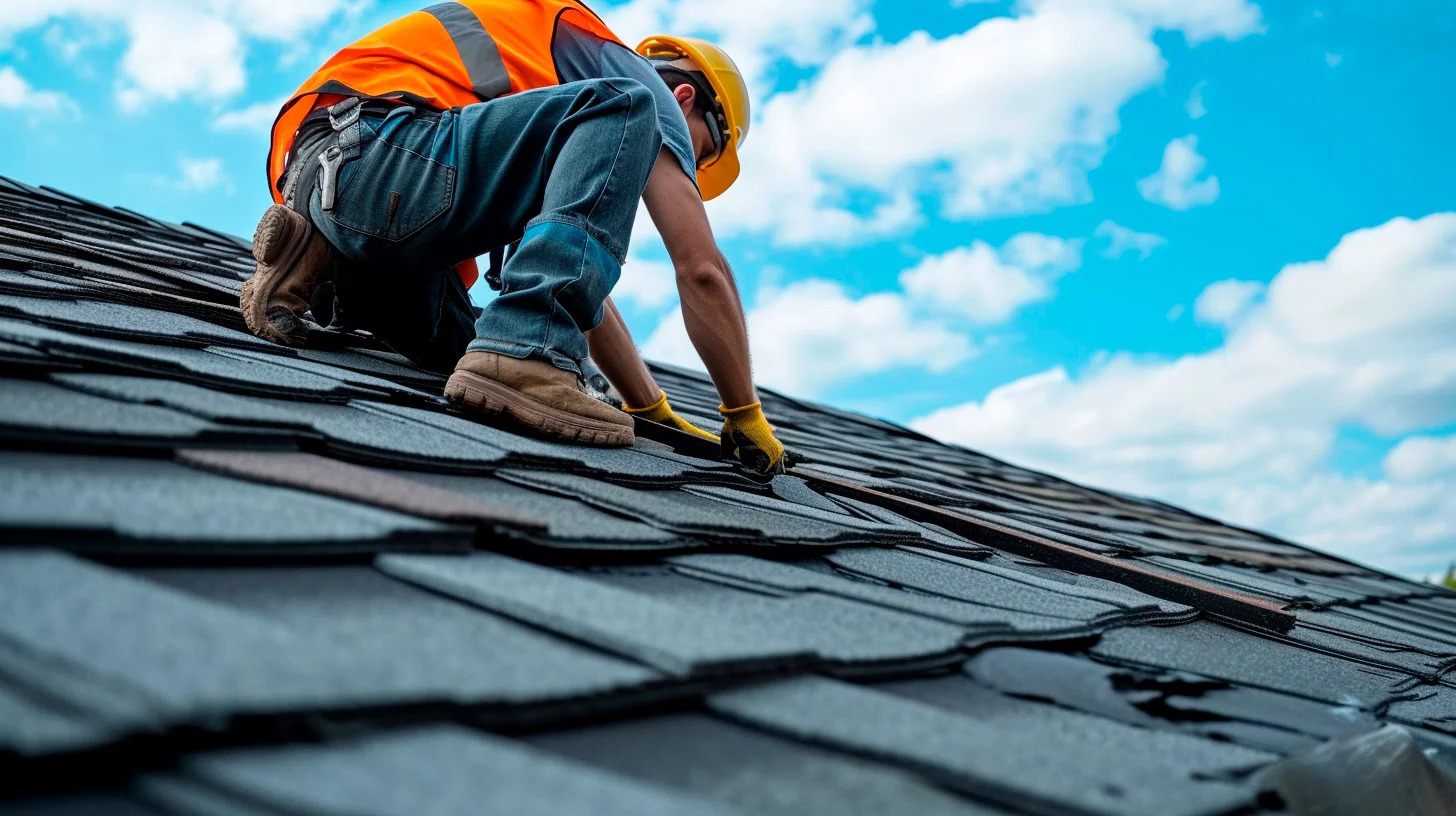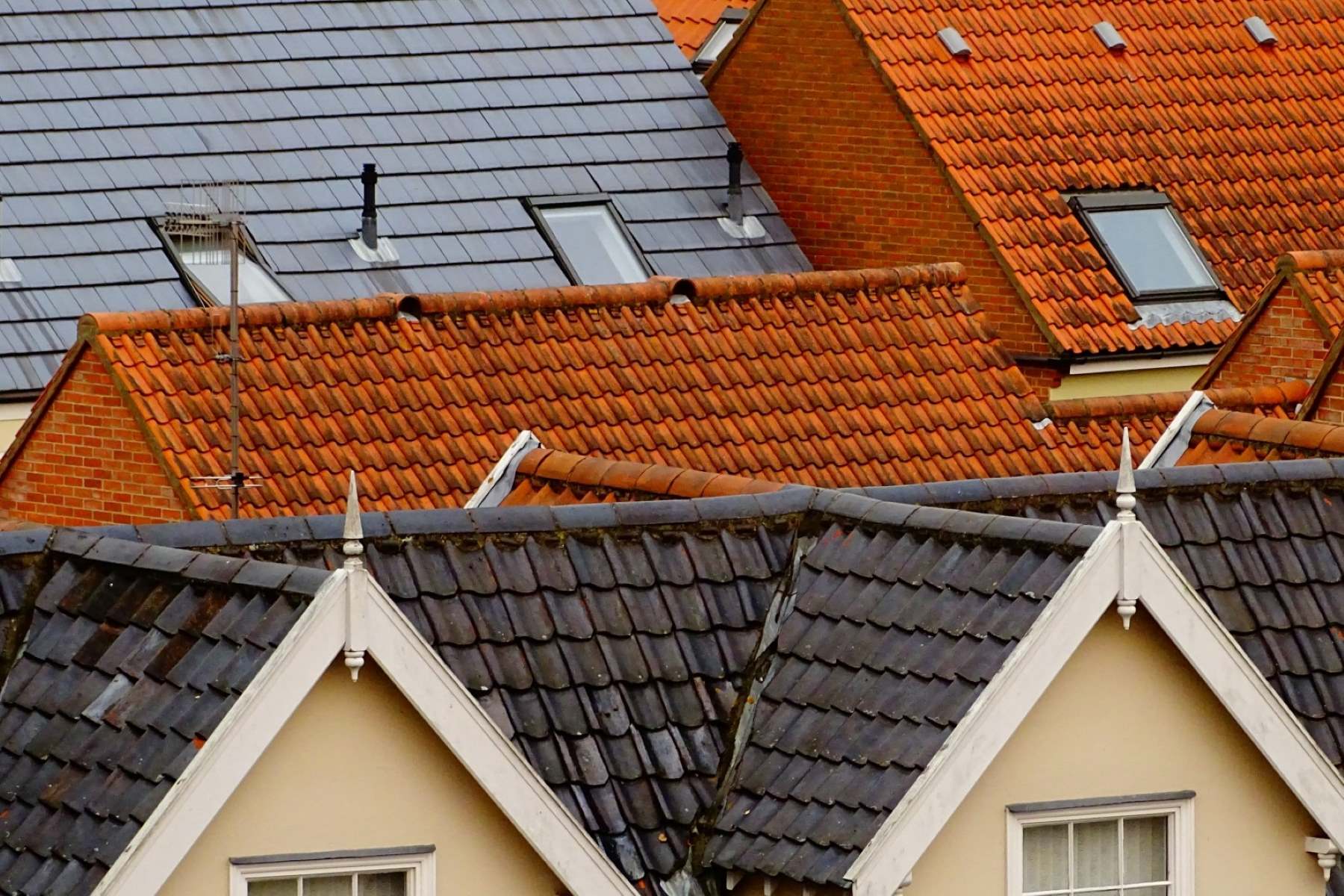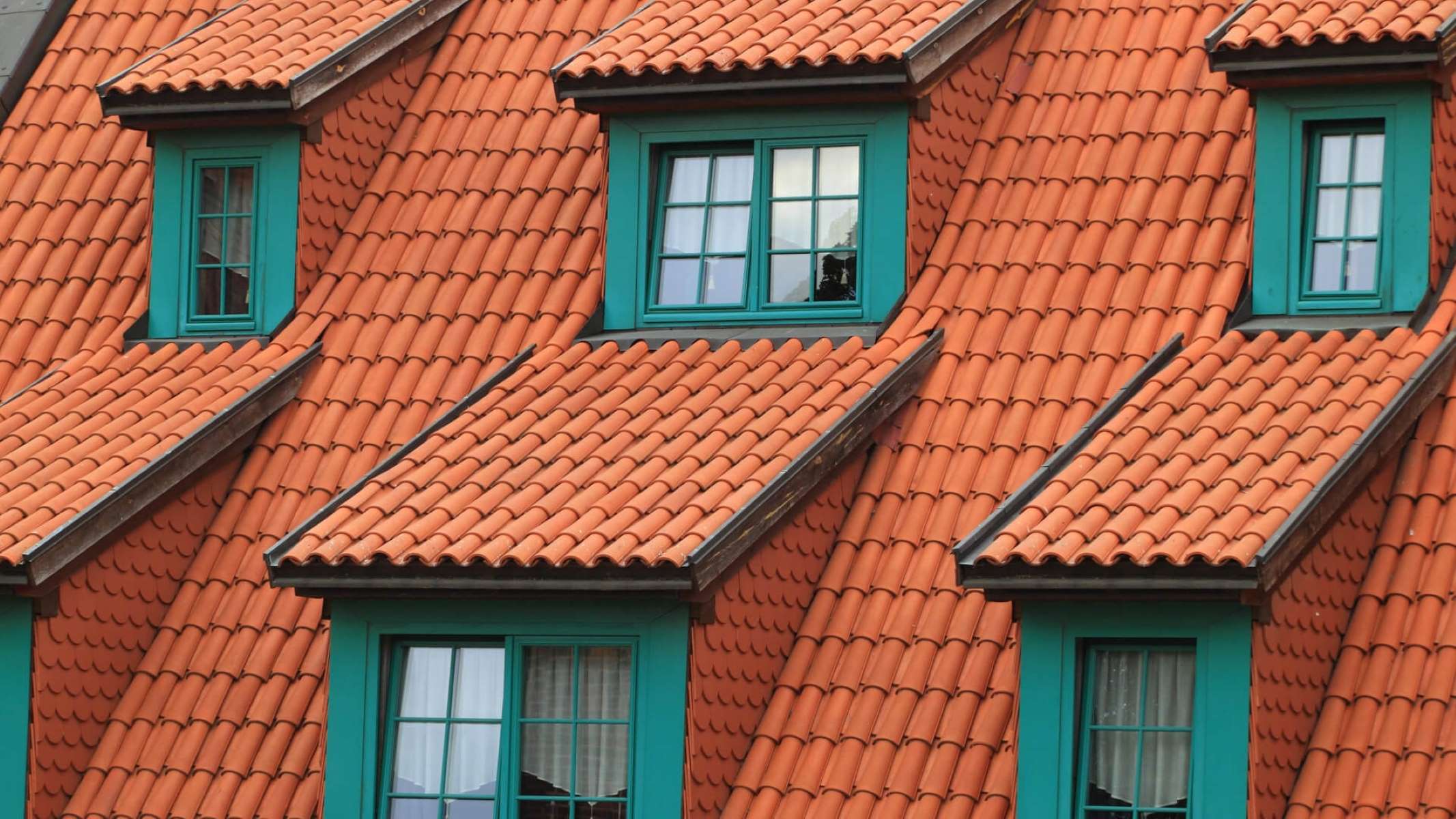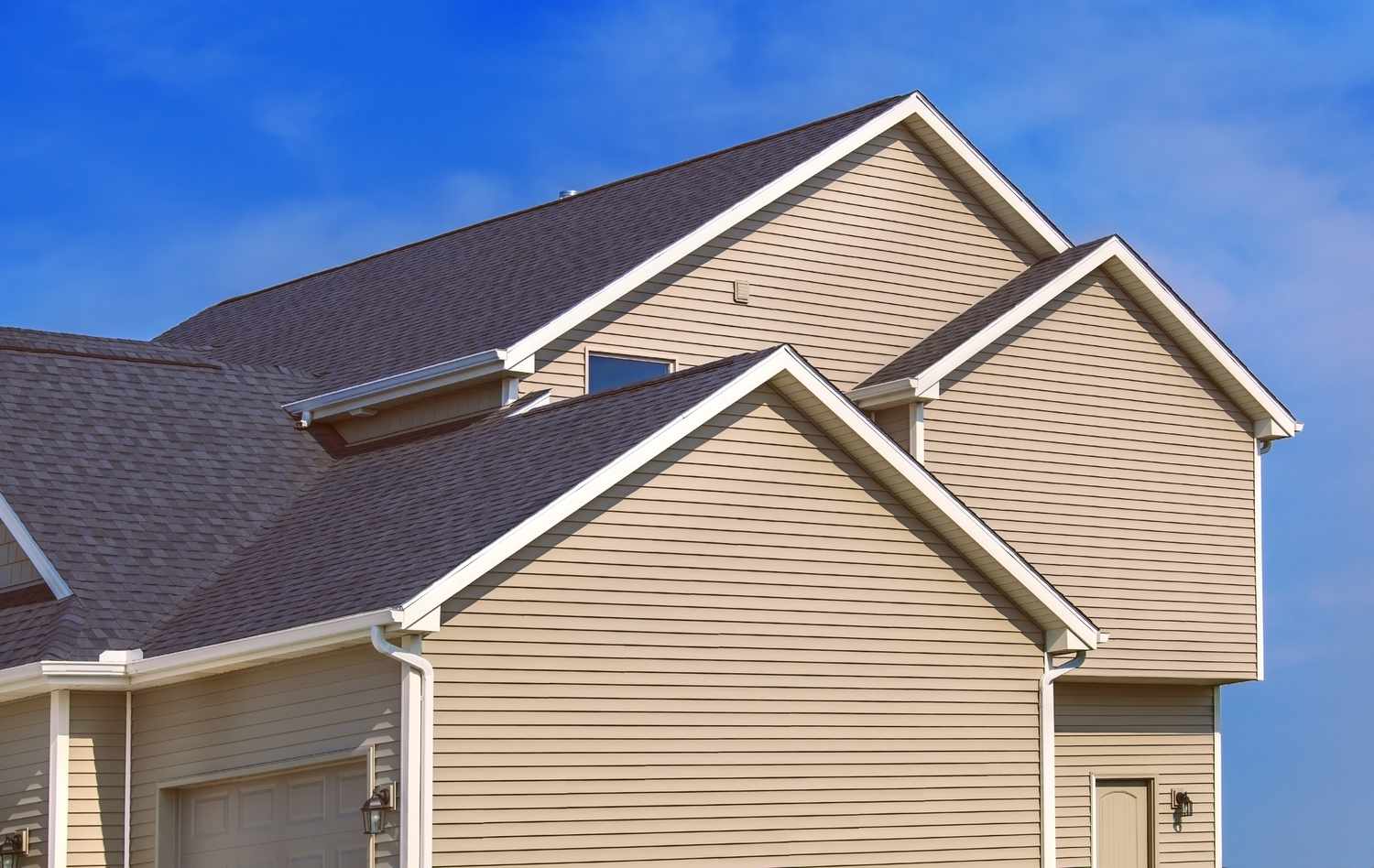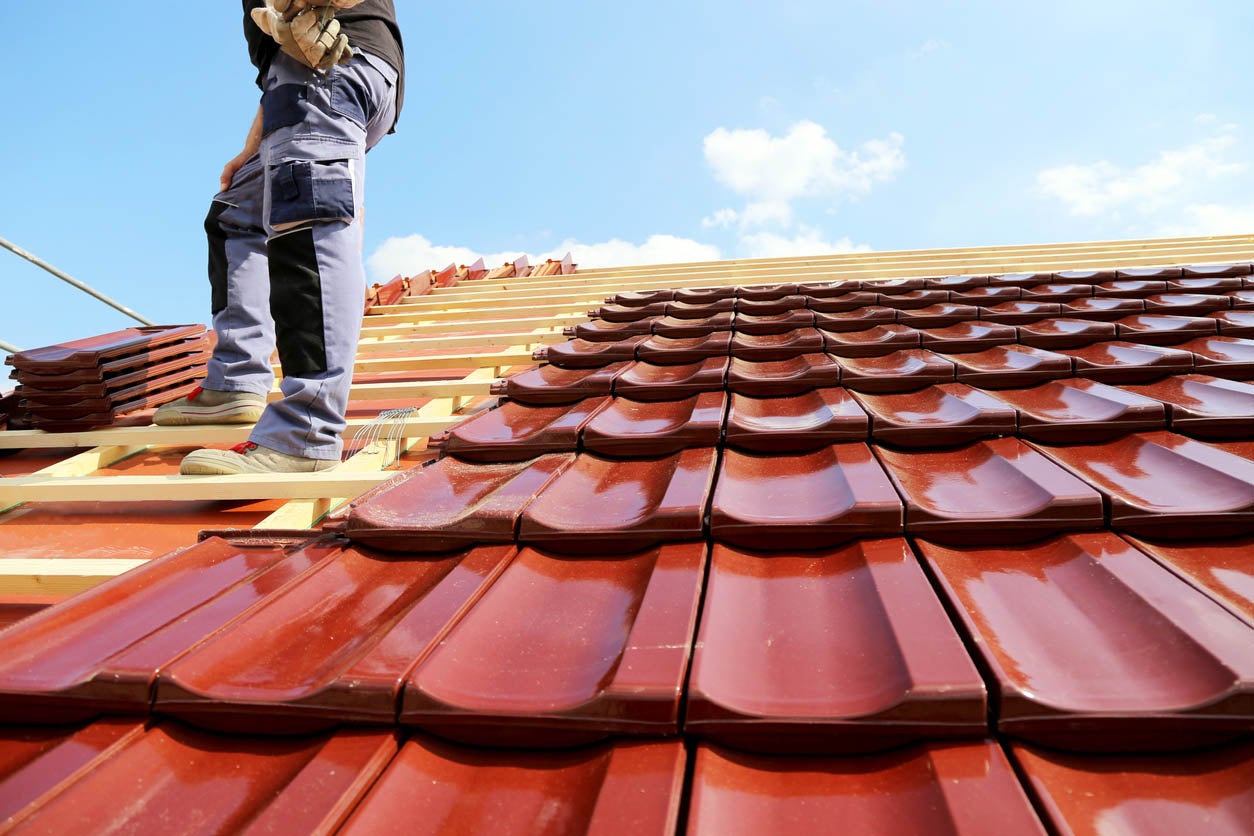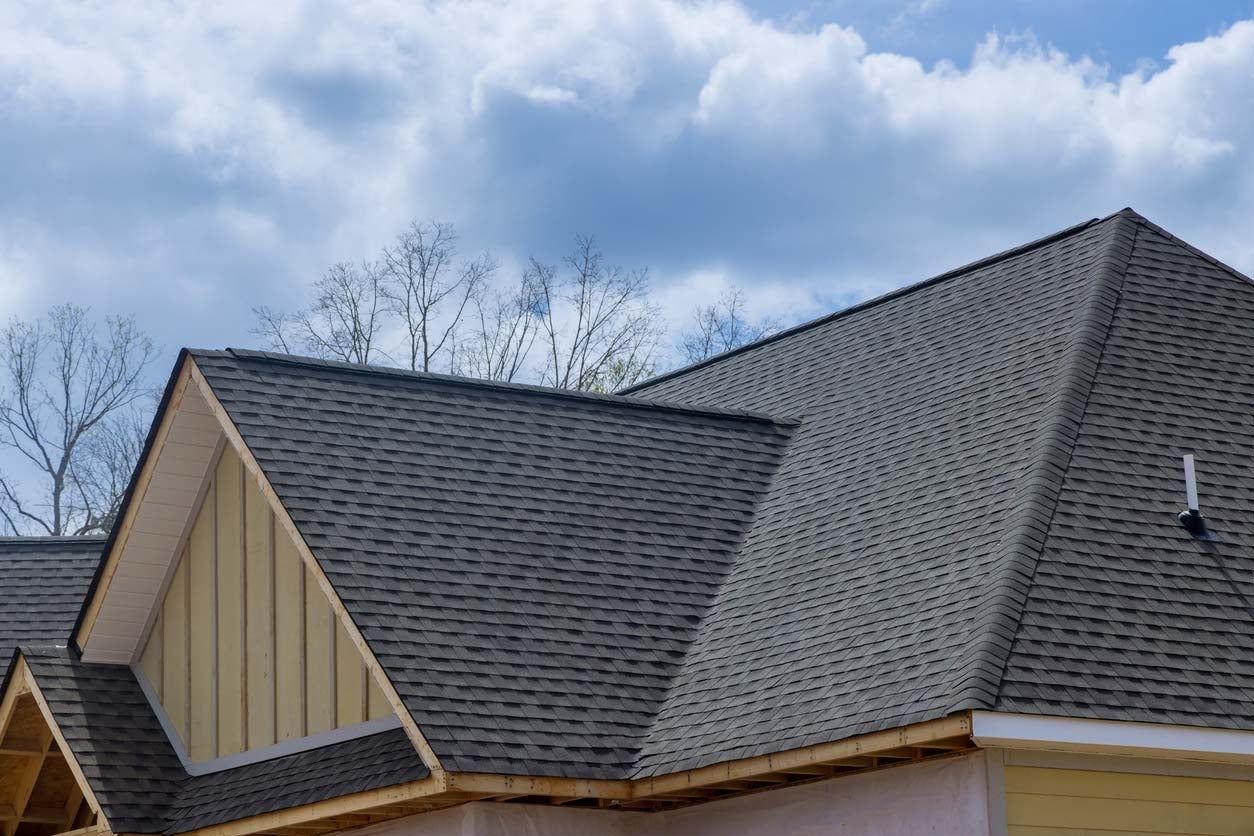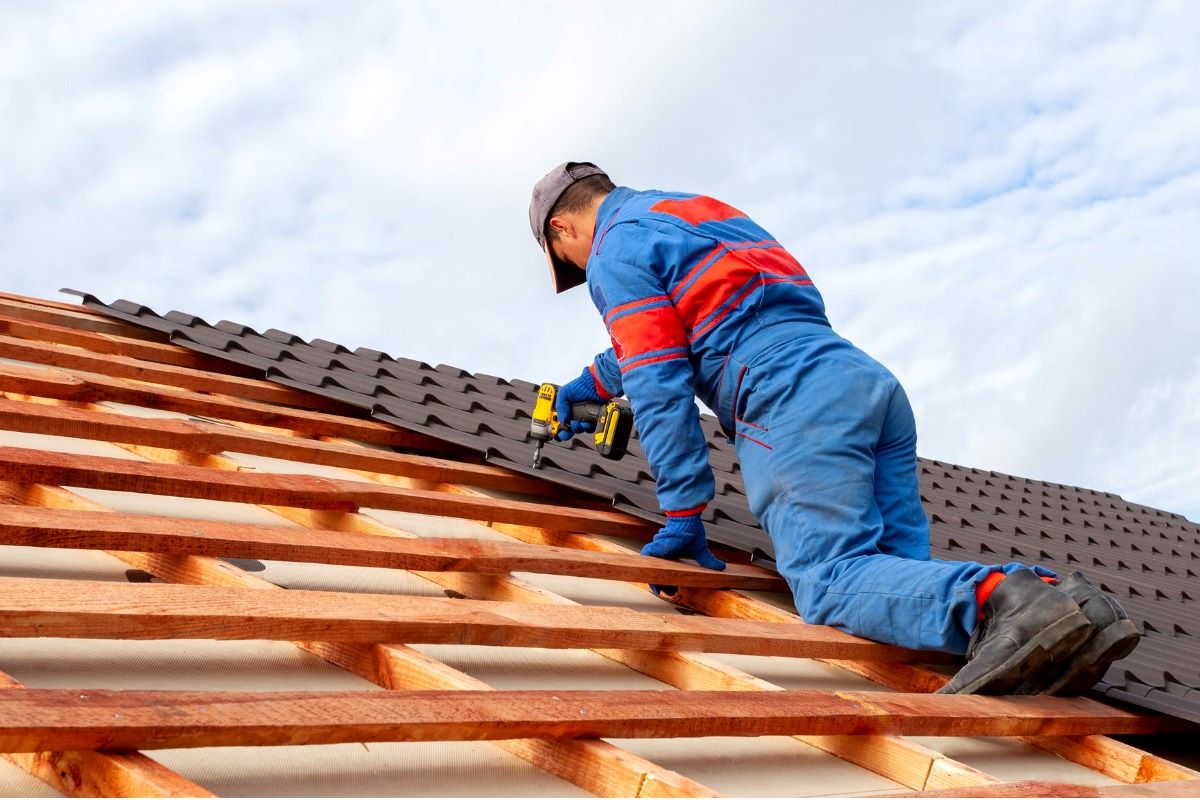Home> Roof Replacement Cost
Discover the Truth: Roof Replacement Cost Unveiled!
Uncover the true cost of roof replacement with our comprehensive guide. Get insights on factors affecting roof replacement cost and make an informed decision.
Upgrading Your Home’s Exterior With DIY Green Roof System
By: Sophia Turner • Ideas and Tips
The Average Cost Of Roof Repair Vs. Replacement: What To Consider
By: Samuel Turner • Articles
